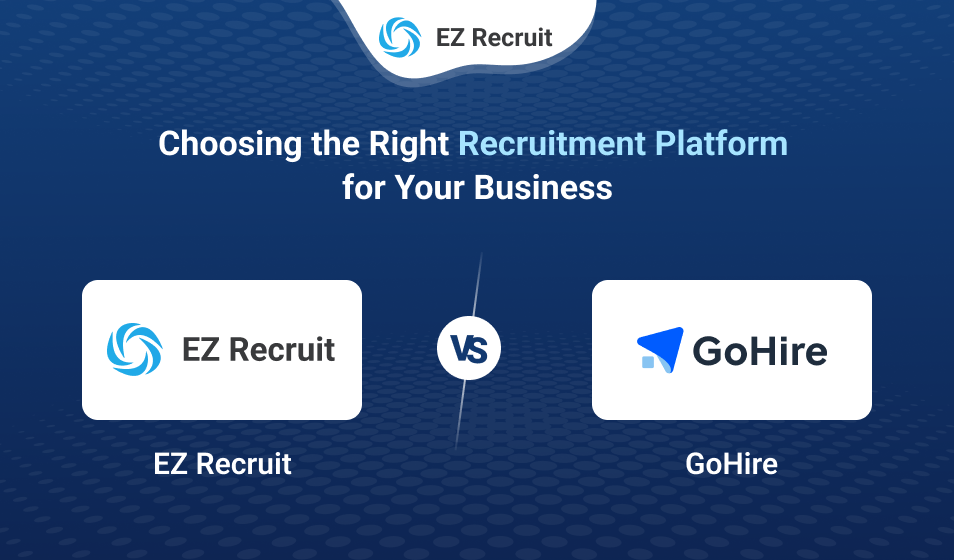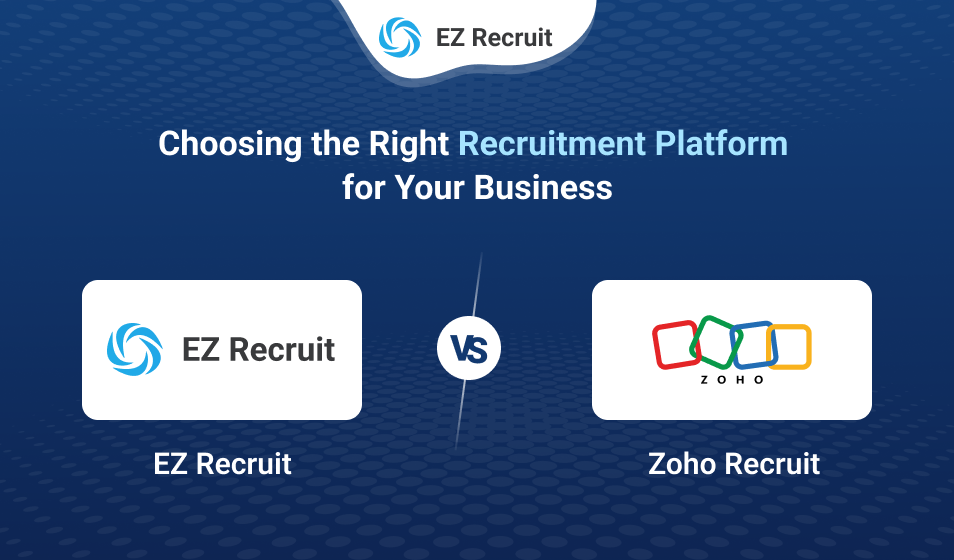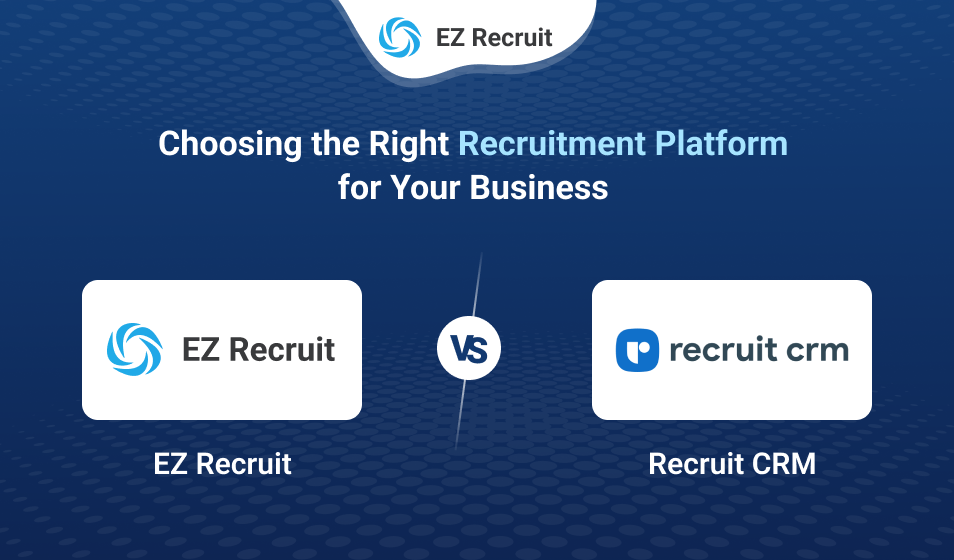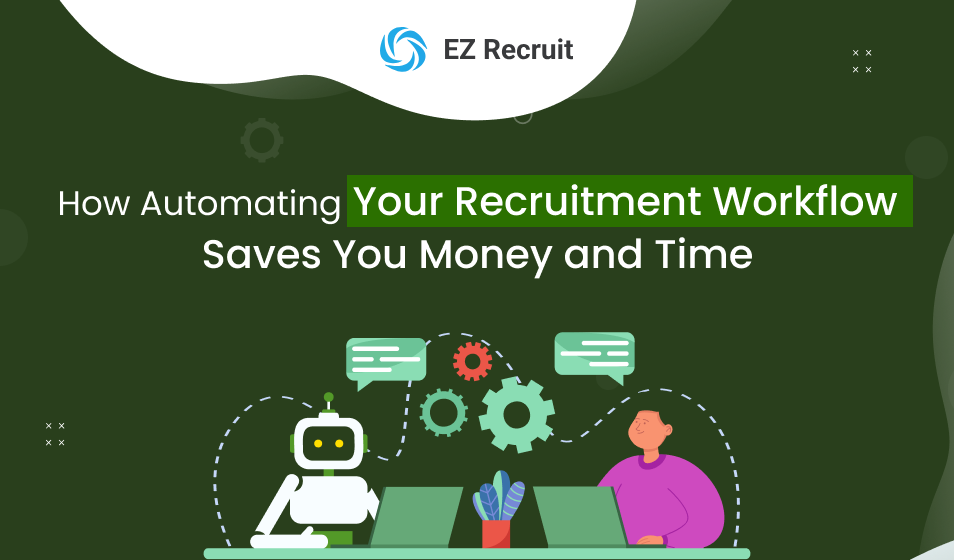The hiring environment has undergone a complete transformation over the past few years, yet most organizations are still using outdated Applicant Tracking Systems (ATS) that no longer serve the needs of today’s workforce. Created in an era when hiring was more linear and less dynamic, conventional ATS platforms are failing to keep pace. The result? Lost talent, inefficient processes, and frustrated hiring teams.
So, why exactly are traditional ATS systems failing, and what’s replacing them?
The Shortcomings of Traditional ATS
1. Lack of Personalization
Legacy ATS tools were designed to process applications, not individuals. They deal with candidates as data entries in a database, not as individuals with their own sets of experiences, motivations, and abilities. Such impersonality causes candidates to have poor experiences, damaging the employer brand, and making top talent less likely to accept an offer.
2. Poor Candidate Experience
Most ATS interfaces are clumsy, unintuitive, and mobile-inefficient. Applicants must frequently retype information already available on their resumes, encounter generic automated replies, and get no feedback whatsoever. In a competitive job market, poor application experience is enough to drive quality candidates away.
3. Limited Collaboration
Hiring is collaborative, but conventional ATS software does not always facilitate good collaboration between recruiters, hiring managers, and team leads. Feedback, comments, and ratings get fragmented and take time, resulting in inconsistent ratings.
4. Outdated Matching Algorithms
Older systems rely heavily on keyword matching. This leaves them vulnerable to false positives (candidates who appear excellent on paper but are not a good fit) and false negatives (qualified candidates who don’t say the “right” things). As jobs become more hybrid and complex, depending on static resume parsing is ever less effective.
5. Minimal Integration Capabilities
Most legacy ATS platforms were not built to integrate nicely with contemporary HR tech stacks, including onboarding software, performance management software, or DEI analytics platforms. This builds data silos and requires HR teams to manually shift information between systems, wasting time and elevating error risks.
6. Data Without Intelligence
While many traditional ATS platforms offer basic reporting, they lack predictive insights or actionable analytics. They might tell you how many people applied for a job, but not which source gives you the best candidates, how long your best hires stay, or how to improve time-to-hire.
What’s Next: The Rise of Intelligent Talent Platforms
Many businesses are switching to AI-powered, end-to-end talent platforms because of realizing the shortcomings of conventional ATS tools. These next-gen systems do more than track applications, they intelligently manage the entire talent lifecycle.
Here’s what the future looks like:
1. AI-Powered Matching and Screening
Modern platforms use machine learning and natural language processing to go beyond keyword matching. They understand context, assess skill compatibility, and even evaluate cultural fit. This results in smarter shortlists, reduced bias, and faster decision-making.
2. Enhanced Candidate Engagement
The best new systems include chatbot assistants, personalized communication flows, and real-time updates that keep candidates engaged from application to offer. Automated reminders, feedback loops, and branded portals make the experience smoother and more human.
3. Built-In Collaboration Tools
Stakeholder collaboration is facilitated by next-generation platforms’ support for centralized evaluations, in-platform communication, and structured feedback. Some even allow anonymous evaluations to reduce unconscious bias.
4. Analytics-Driven Hiring Decisions
Recruitment is now an evidence-based process with intelligent recruitment platforms. These platforms offer insights that enable companies to make better and faster hires, from the most effective sources for hiring to the likelihood of turnover risk.
5. Integrated Talent Ecosystems
Today’s systems don’t just stop at recruitment. They interface with HRIS, onboarding, performance management, learning and development software, and even accounting systems. This provides end-to-end data flow throughout the employee life cycle and enables improved workforce planning and strategic HR.
6. Compliance and DEI Support
The hiring process is not only efficient but also fair. Emerging platforms allow companies to stay compliant with local legislation and offer features to track and enhance diversity, equity, and inclusion in the hiring process.
Transitioning to the Future
If your organization is still relying on a legacy ATS, now is the time to evaluate your recruitment tech stack. Here are a few questions to guide your transition:
- Is your current system helping or hindering collaboration?
- Are you able to track and improve candidate experience?
- Can your ATS provide predictive insights and analytics?
- Is it integrated with the rest of your HR and business systems?
- Does it help you meet diversity and compliance goals?
If the answer is “no” to most of these, it’s a strong signal that your system is outdated.
The Conclusion
The future of work is not just efficiency, but also fairness. New platforms enable businesses to remain compliant with host-country regulations and provide features to monitor and improve diversity, equity, and inclusion in the workplace.
Businesses looking to recruit, hire, and keep top talent must adopt smart, integrated talent platforms that move beyond applicant tracking. These platforms are not only replacing old-school ATS, but they’re also transforming what it means to hire smart.
The recruitment future is smarter, more human, and data driven. Is your hiring technology ready? Book a demo to see how the right platform can transform your process or Contact Us to learn more.





